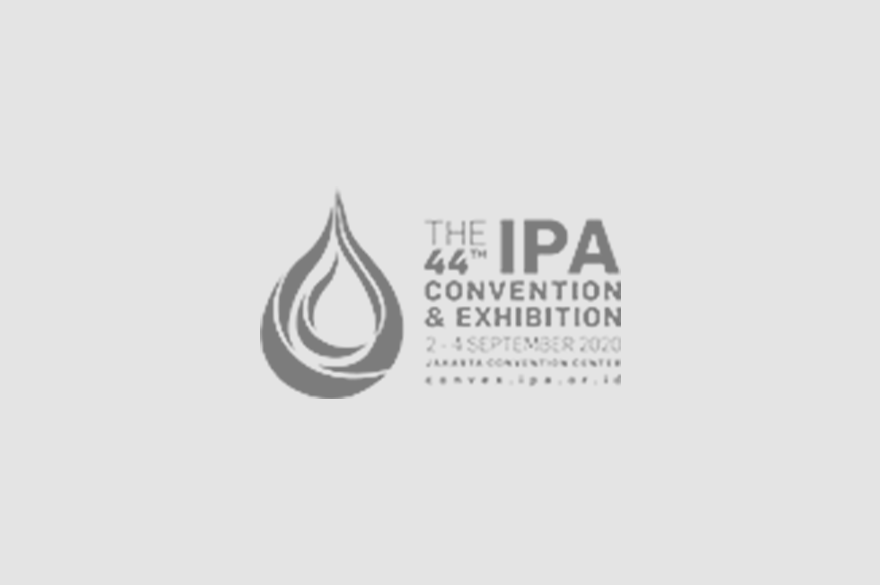The Utilization of Natural Gas Has Not Been Widespread, Creating The Market Is A Must
/
JAKARTA. The government has prepared various incentives for the upstream oil and gas industry to ensure gas production running more smoothly from the supply side. However, immediate demand creation is a must to ensure that domestic needs can absorb the gas supply.
The national gas balance shows that the gas demand in 2020 is 6.04 BSCFD and will be around 12 BSCFD in 2030. However, the absorption in piped gas continues to miss the target.
Member of the National Energy Council (DEN) Satya Widya Yudha said that the Council is in discussion with Bapenas, the Ministry of Finance, and the Ministry of Environment and Forestry so that gas supply can match the demand or absorption. “I think when the RUEN was made in 2017 it looked at 7% economic growth, but now it’s different. We never imagined there would be a COVID-19 pandemic and the current growth is only 5%,” he explained, Thursday (2/9).
Budiman Parhusip, Pertamina’s Upstream Director, said that currently (the choice) is between coal, oil, and gas. Gas is considered a fairly clean energy source having 5% lower emissions compared to coal and oil.
Therefore, natural gas can fill a fairly good role in this energy transition. “For the long-term plan, natural gas production can be around 2 BSCFD, by 2022. Then additional production can be obtained from the development of existing fields,” he said.
Moreover, this development will be facilitated by the fiscal term and the plans to accelerate exploration in the future. In addition, Pertamina currently has big projects, such as Jambaran Tiung Biru, Sanga-Sanga Field, Senoro, and many other gas projects.
“We also have unimplemented projects regarding the volume of new requests,” he explained.
Budiman also said that the challenge for the upstream side is how to monetize gas from abandoned fields. Then, how to create demand for neglected fields, integrate infrastructure, and create a market. “We look forward for (the demand for) gas to increase until 2030. The driver for this is in the industrial electricity and fertilizer sectors,” he said.
Budiman said that the domestic market will absorb 50-60% of the total supply. The electricity industry is still the largest gas market. “Commitment from PLN and more utilization of electricity is needed, and we can improve gas utilization,” he added.
In addition, the gas market creation requires opening up new industries, such as petrochemicals, methanol, to increase the growth of gas demand. “Currently the government has made US$ 6 per MMBTU for several industries, this can trigger the growth of use of gas in the industry,” he explained.
In addition to the industrial sector, demand for gas can come from transportation, ships, trucks and cars, and the expansion of city gas pipeline networks throughout Indonesia. Meanwhile, for LNG in 2021, the demand will increase.
Dwi Anggoro Ismukurnianto, Director of Oil and Gas Program Development, explained that the regulations regarding the allocation of natural gas for certain industries have been implemented correctly and have received support from stakeholders. Although there are indeed some industries that have not fully absorbed its gas allocation.
It is another story with the absorption to power plants. PLN, for example, currently has replaced as many as 52 generators from diesel to natural gas-powered ones. “Later PLN can also develop this to Eastern Indonesia. Then it will spur the development of other industries with the absorption of gas in the area,” he said.
Evy Haryadi, Director of Corporate Planning at PLN, assessed that the current challenge in using gas is the policy regarding the use of new and renewable energy (EBT). Moreover, the demand for gas is quite spread throughout Indonesia. There are quite isolated areas in eastern Indonesia. The market there is tiny. There is no adequate demand,” he explained.
He stated storage is required to use gas. “We do want to use gas in our power plants, of course at a competitive price. The cost of using gas generators must not be more expensive than with diesel, else we’d better use diesel,” he explained.
Evy stated that gas is still not affordable in terms of price. However, in terms of security, gas generators are better. “So we always abide by the vision that in doing business there are three basic aspects, namely energy security, affordability, and environmental sustainability,” he said.
Secretary-General of the Natural Gas User Industry Forum, Achmad Widjaja, stated that currently, gas users have not yet benefited from the merger between PGN gas pipeline and Pertagas. “The price should be cheaper because they have merged,” he said.
Several industries have not enjoyed a gas price of US$ 6 per MMBTU. “There are still some that have not received allocation in the Central Java area,” he explained.
